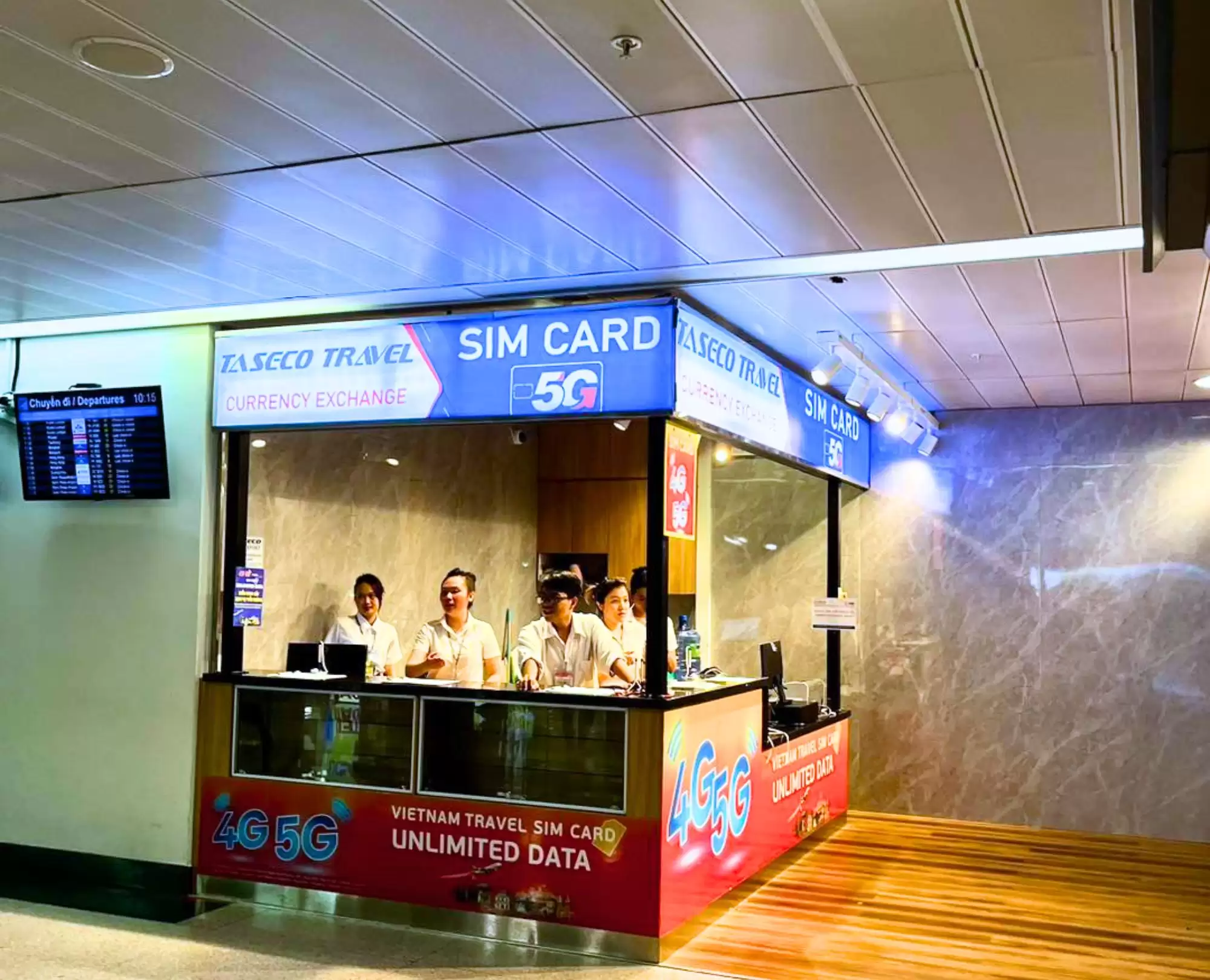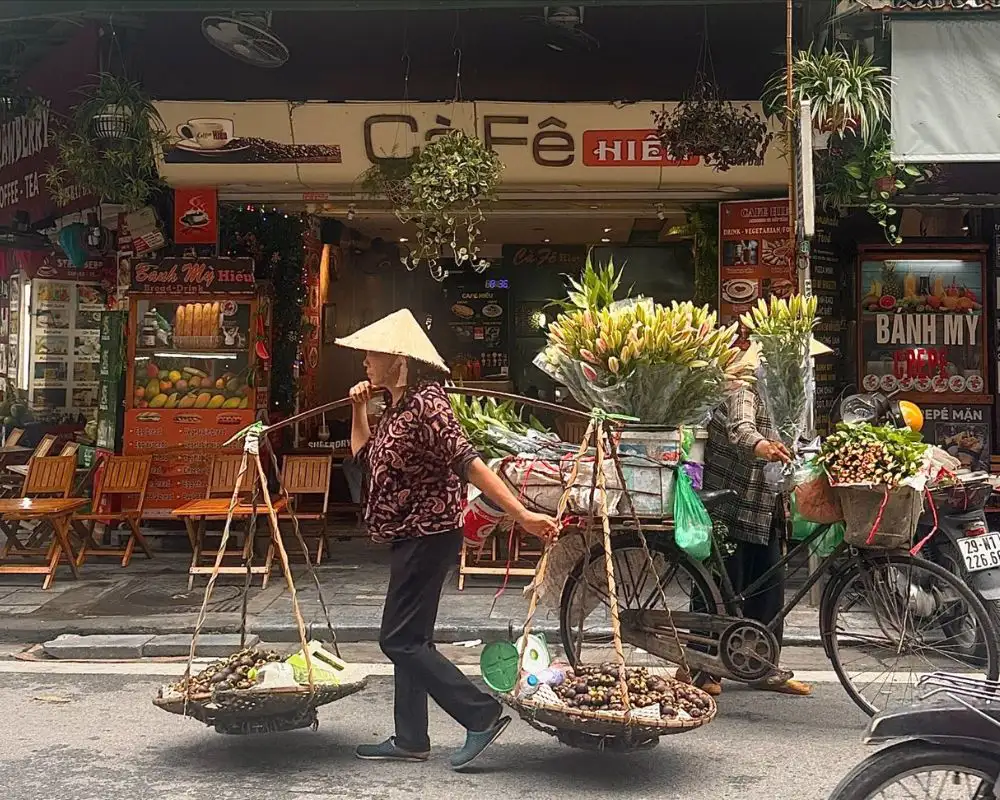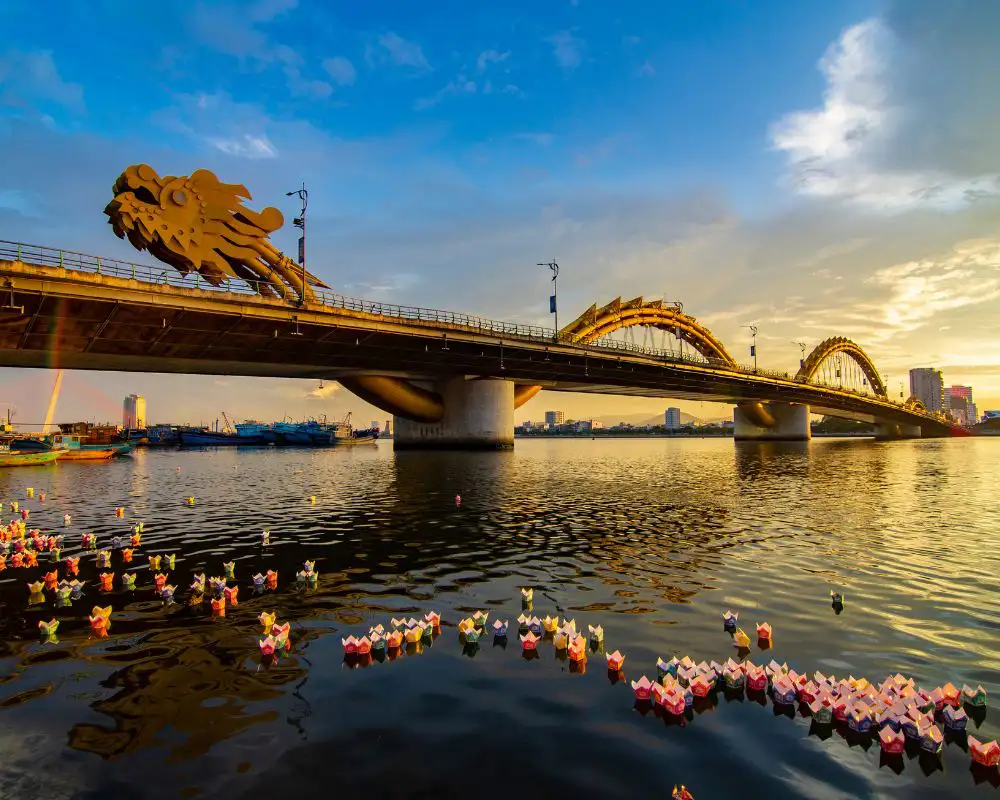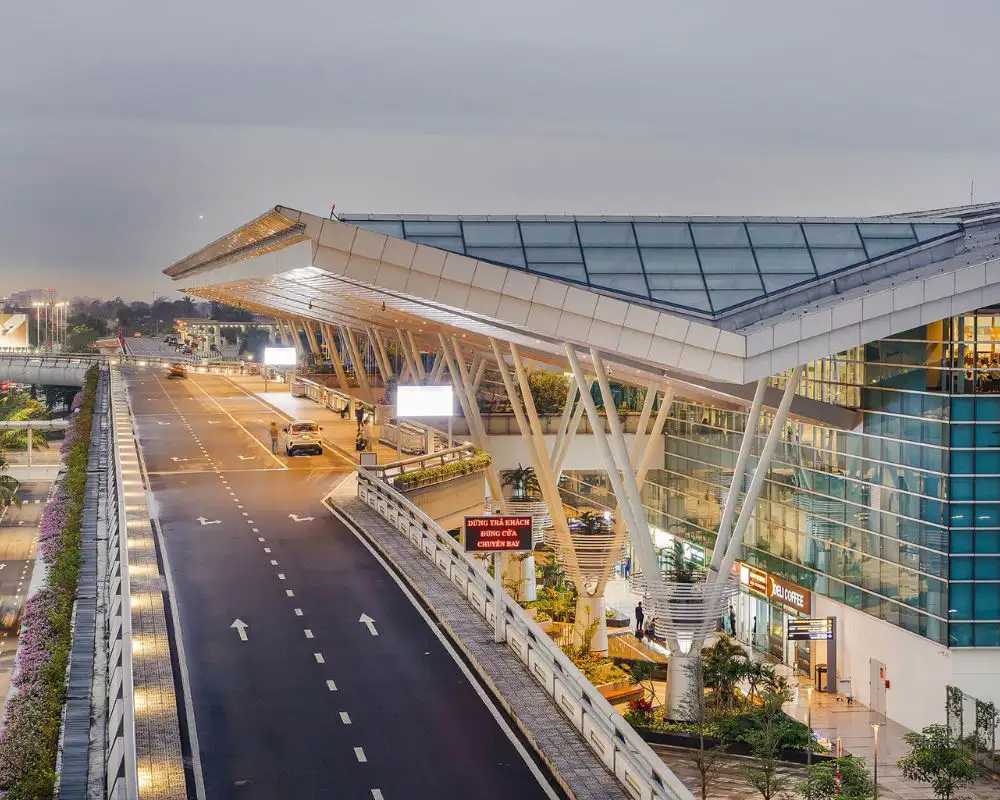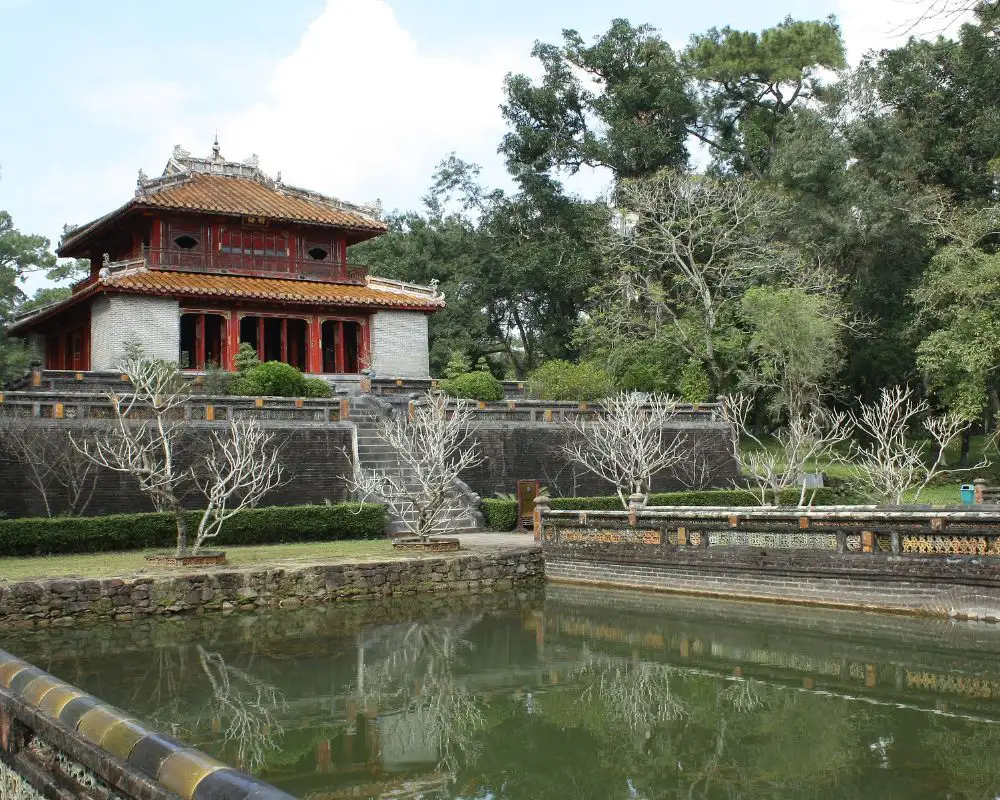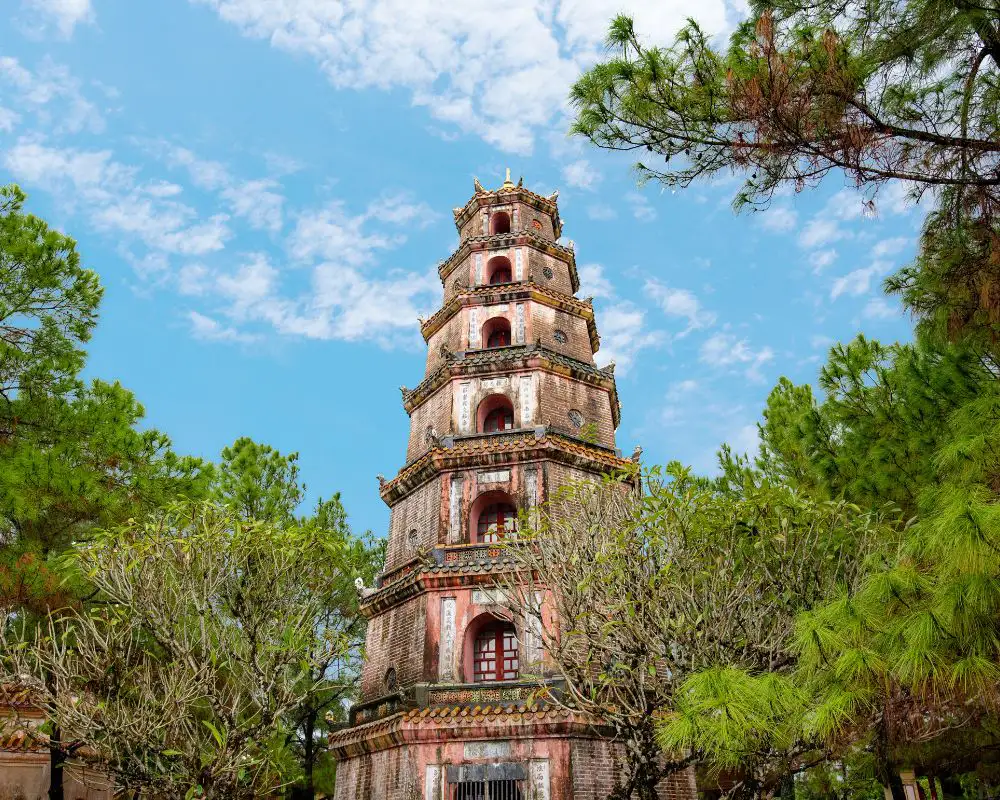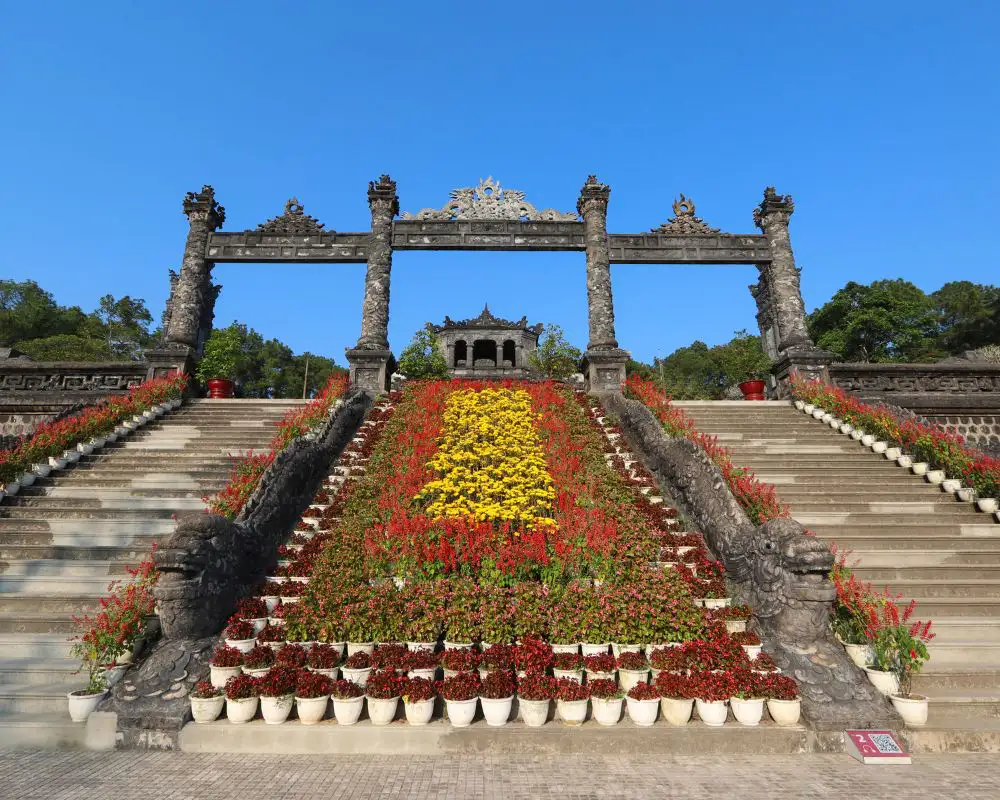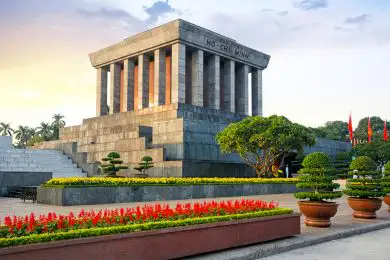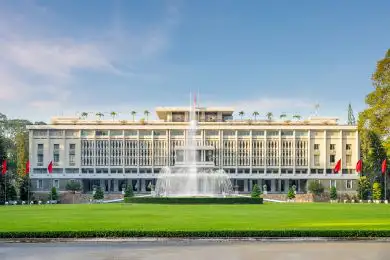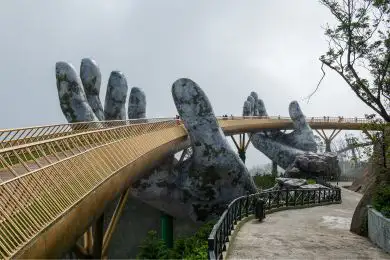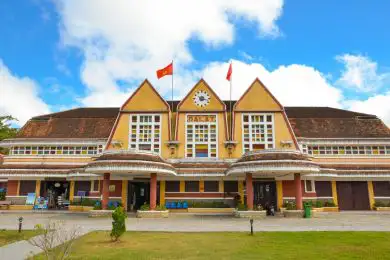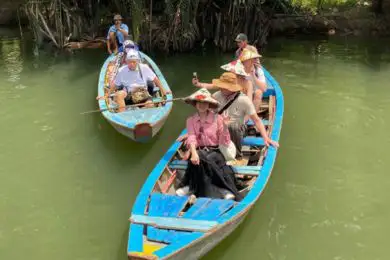When most people think of Ho Chi Minh metropolis, they picture the busiest, most modern metropolis in Vietnam. But the city itself offers both residents and visitors a wealth of historical significance connected to the conflict between the American and French armies. One of the best and most rewarding things to do in Ho Chi Minh City is to visit the Cu Chi Tunnels if you want to learn more about Vietnamese history.
Overview Cu Chi Tunnels
- Address: TL15, Phu Hiep, Cu Chi District, Ho Chi Minh City
- Opening hours: 8h00 am – 5h00 pm from Monday to Sunday
- Entrance fee: 110.000 VND/ person (Ben Dinh), 90.000 VND/person (Ben Duoc)
Cu Chi Tunnels is a vast network of underground tunnels that extends all the way to the Cambodian border, some 60 km northeast of Ho Chi Minh City. During the French occupation, the Cu Chi Tunnel network was constructed in a quarter of a century starting in 1948. It helped the Vietnamese avoid French forces on reconnaissance missions and functioned as a channel of communication between villages.

During the Vietnam War, the tunnel network was expanded over a 250-kilometer radius. As a result, it became a crucial component of the fighting troops’ tactics used by the Viet Cong and the place where thousands of soldiers lived.
Presently, around 120 kilometers of the tunnels remain intact and serve as a fascinating tourist destination in Ho Chi Minh City.
History of Cu Chi Tunnels
Cu Chi Tunnels is originally built beneath the forest connected tunnels between communes and hamlets during the Indochina War (1945–1954) against the French colonialists. It provided covert locations for revolutionary troops from Vietnam to covertly move between areas and avoid detection by French scouts.
The network had been expanded into an assembly complex for Communist guerrilla soldiers during the Vietnam War, where they could hide from aerial bombardment, house troops, transport communications and supplies, receive medical attention, and launch surprise attacks before dispersing underground.
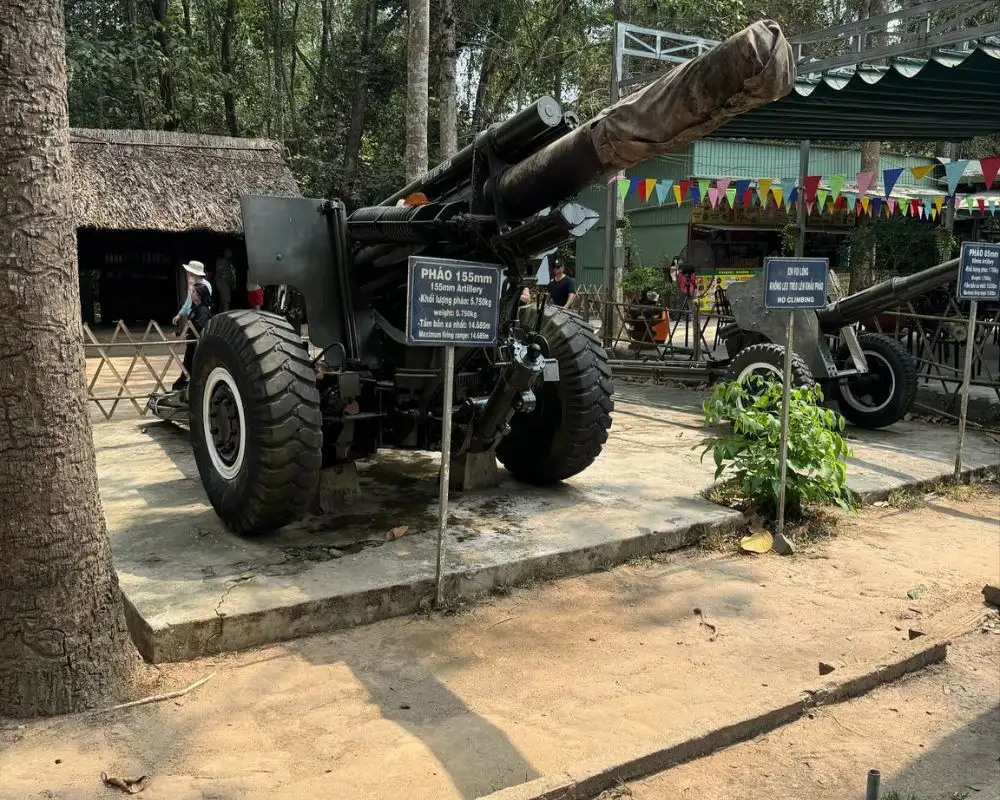
Cu Chi Tunnels, a military headquarters, were crucial to the Vietnamese troops’ struggle against the American army in South Vietnam. It functioned as a remote bastion for strategizing and initiating triumphant military operations, most notably the triumphant Tết Offensive in 1968.
These famous Saigon tunnels bore evidence to the agony caused by the violent wars that raged throughout the nation’s turbulent history and served as a symbol of the Vietnamese people’s inventiveness and persistence.
Cu Chi Tunnels is one of the world’s coolest places, according to The New York Times, and one of the top 7 epic and adventurous destinations in Southeast Asia to explore.
Trip highlights in Cu Chi Tunnels
When you visit the Cu Chi Tunnels, you may see its distinctive construction and architecture and learn why it’s significant to Vietnam’s history.
Unbelievably, this incredible tunnel network included theaters, kitchens, hospitals, schools, and other facilities. These tunnels’ entrances were concealed by camouflage leaves above and a hidden wooden door below. Only the Vietnamese could fit in due to its tiny size.
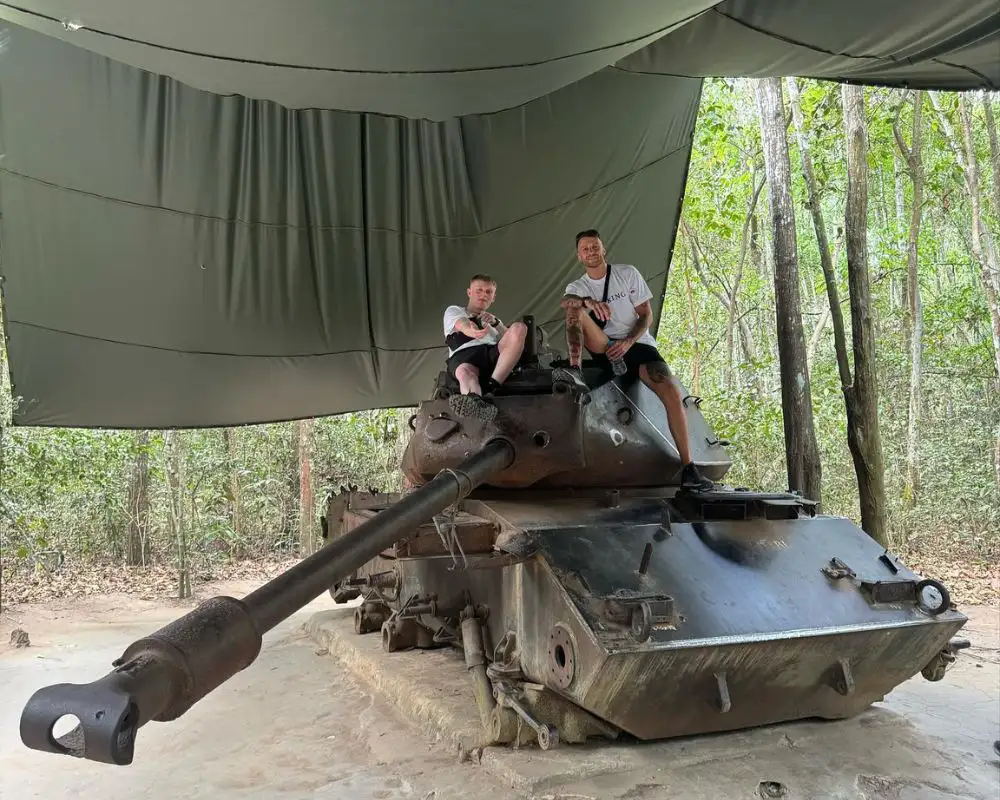
Despite their best efforts, the US army was unable to bring down the system entirely. The rationale is that these tunnels were constructed separately and featured booby traps, fake bunkers, and several routes out to the Saigon River.
To stop the adversary and poisonous gas, there are certain closed-door buttons placed in various locations throughout the tunnel system.
Additionally, the soldiers very discretely concealed concealed ventilation ducts by carving them into the ground. In order to keep people inside secure, numerous devious and deadly traps have been set up.

The Cu Chi Tunnels’ three distinct levels—the first floor, which is located around three meters below ground, the second, which is located about six meters below earth, and the bottom, which is deeper—remain the same for a considerable amount of time. Only the first level and a few additional meters of these expanded tunnels are accessible to visitors for safety concerns.
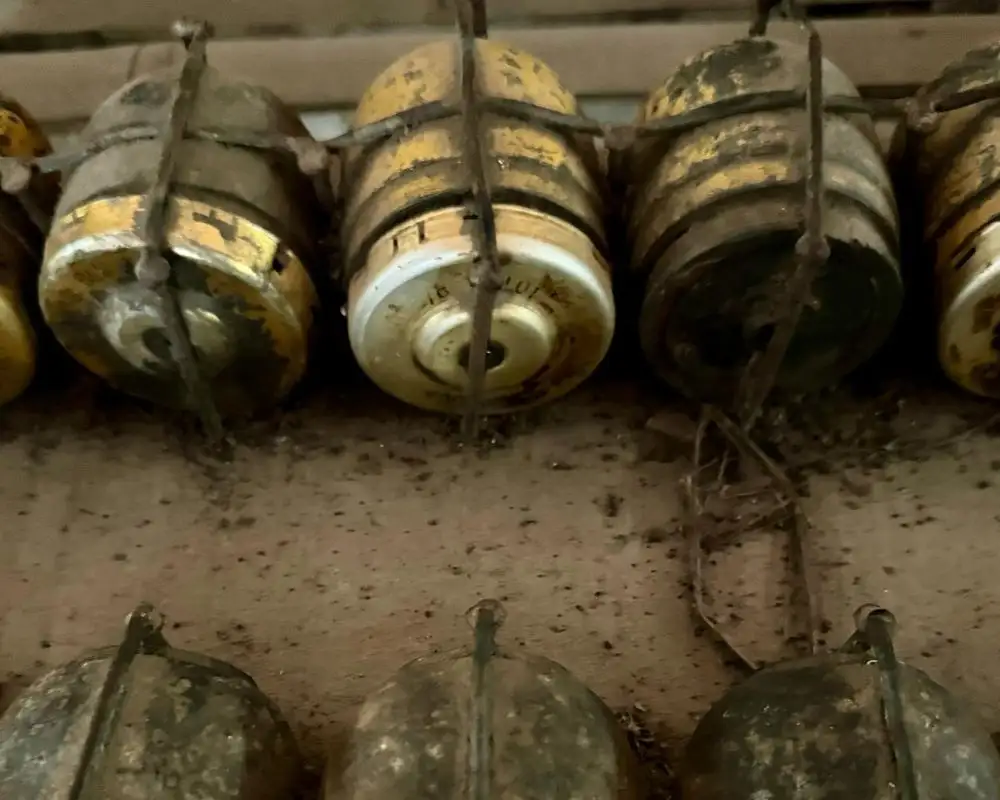
There is a claim that the Vietnamese would not have won the war if the Cu Chi Tunnels had collapsed. But the tunnels would hold, and they would prevail. This indicates that the Vietnam army’s victory in the conflict was greatly influenced by the tunnel network because of their independence.
How to get to Cu Chi Tunnels?
By bus
The least expensive method of transportation from Ho Chi Minh City to Cu Chi Tunnels is by bus. First and foremost, you can go to District 1’s 23-9 Park primary bus terminus. Regular busses leave every half an hour.
The bus ride to Cu Chi bus station costs 7000 VND and takes approximately 1.5 hours. Once you get out at Cu Chi Bus Station, you need to pay 6000 VND to transfer to bus 79. To get to Ben Duoc Tunnel, the bus ride will take 45 minutes. There is a sign directing you to walk to the destination at the bus stop.
By taxi
In Ho Chi Minh City, two well-known cab firms are Mai Linh and Vinasun. To make travel arrangements in advance, give them a call. You can book grab taxi to save money on any streets
By private car
If you have limited time for commuting and are traveling with a small party or family, renting a private car is the most comfortable and safe choice. While traveling, you can pause to snap pictures, relax, and enjoy Vietnamese coffee.
What to do & see in Cu Chi Tunnels?
Visit Ben Dinh Tunnels
Ben Dinh is a popular part of the Cu Chi Tunnels network since it was expanded and rebuilt to draw tourists. Ben Dinh Tunnels, which are conveniently located near to the Saigon River, are where Cu Chi Commissioners led the troops and fled to in case of emergency. It was in use from 1968 until 1975, which is a long time.
As soon as you get at the location, you will find yourself in front of a thatched hut with maps of the area, tunnel layouts, and old-fashioned black-and-white videos explaining the backstory.
Local guides will demonstrate the dangers of hidden pits and booby traps before you enter the jungle. Following a 45- to an hour-long underground tour, you will witness stunning displays, explore historic facilities in the tunnels, and hear fascinating anecdotes about the people who formerly called this place home.
Explore Ben Duoc Tunnels
Cu Chi Ben Duoc Tunnels are five times larger than Ben Dinh Tunnels. For those with a burning desire to witness firsthand life inside Saigon’s underground city, Ben Duoc is a highly recommended destination.
It allows guests to push themselves to crawl on a deeper level via claustrophobic and uneven tunnels. In order to make the voyage safer and less terrifying than in the past, the ancient tunnels have been enlarged and restored by cementation and the installation of lights. Every ten meters, there are also emergency exits.
Try Shooting Guns
Many tourists who are visiting the Cu Chi Tunnels partake in this military sport. You can select the right weapons for yourself here. Following the staff’s directions, you can attempt firing at the animal-shaped target with the majority of the guns that were used throughout the battle.
Go to swimming in Cu Chi Tunnels
The swimming pool in Cu Chi Park was constructed in a different architectural style. For adults, there are 500 square meters, and for youngsters, there are 150 square meters. The restrooms, dressing rooms, and other amenities are excellent. Following the military exercises and tunnel tours, guests can enjoy water sports and submerge themselves in the crystal-clear, refreshing water of the Cu Chi swimming pool, which is designed to resemble the East Sea.
Playing paintball in Cu Chi Tunnels
Paintball shooting is a game that blends elements of sport and military. You can play this game in the natural forest in Cu Chi. Every soldier will have all the gear they need, including masks, armor, weapons, and uniforms. This game greatly enhances your knowledge, judgment, and teamwork abilities.
What to eat in Cu Chi Tunnels?
Fresh tapioca
- Location: Bo To Xuan Dao, Quarter 2, National Route 22, Cu Chi, Ho Chi Minh City
- Price: 50.000 vnd – 300.000 vnd
Pork noodles
- Location: 295/1A TL15, Phu Hoa Dong, Cu Chi, Ho Chi Minh City
- Price: 55.000 vnd – 90.000 vnd
Durian sugarcane juice
- Location: 259A National Route 22, Tan Thong Hoi, Cu Chi, Ho Chi Minh City
- Price: 15.000 VND
Beef wrapped in rice papers
- Location: 08 Nguyễn Giao, Quarter 2, National Route 22, Cu Chi, Ho Chi Minh City
- Price: 100.000 vnd – 700.000 vnd
Cu Chi Tunnels is one of the well-known tourist destination in Ho Chi Minh City. The spider-web-like tunnels provide a one-of-a-kind experience that is unmatched anyplace in the world while serving as a somber reminder of the horrific wartime atrocities that occurred in Vietnam.
>>> See more: Top 15 Things To Do In Ho Chi Minh, Vietnam

